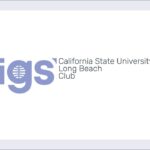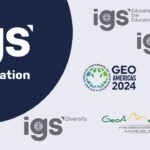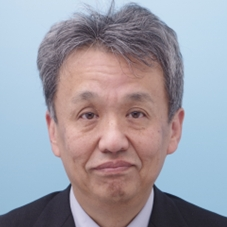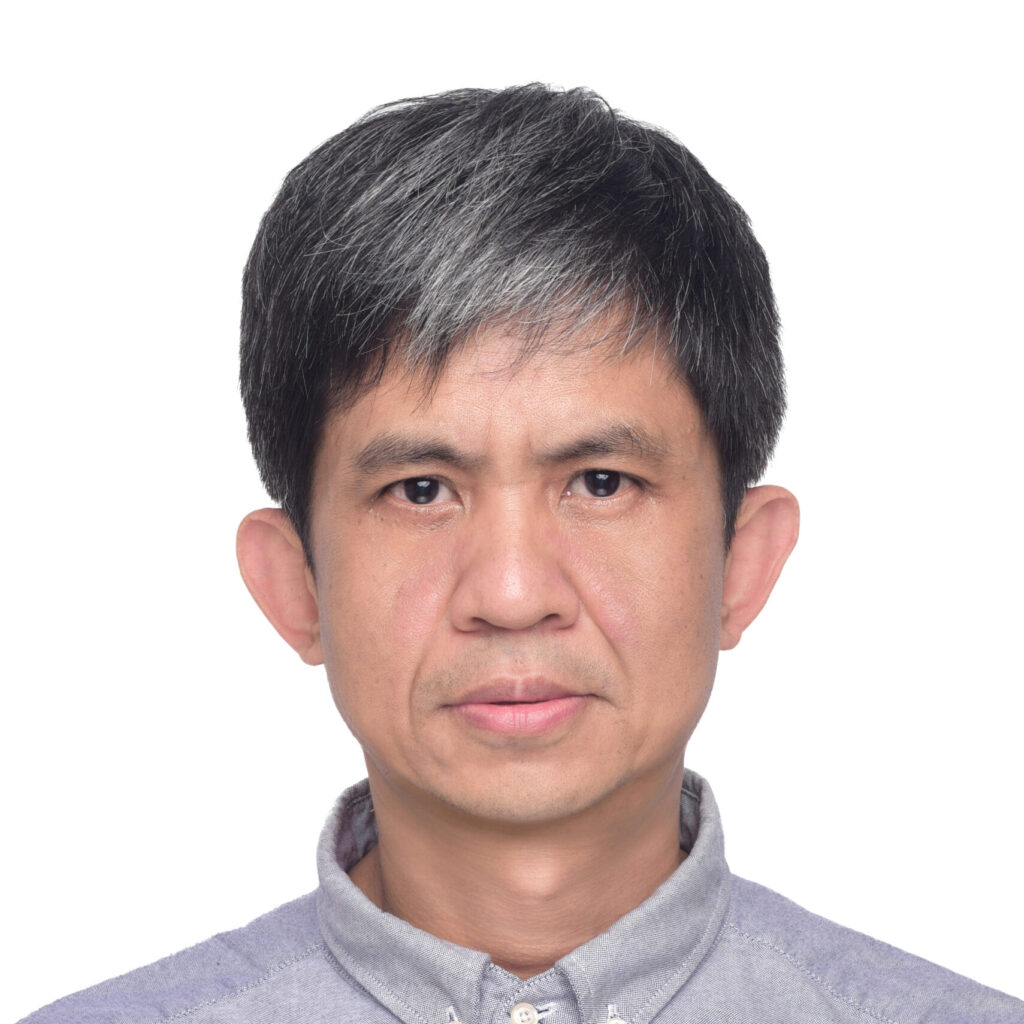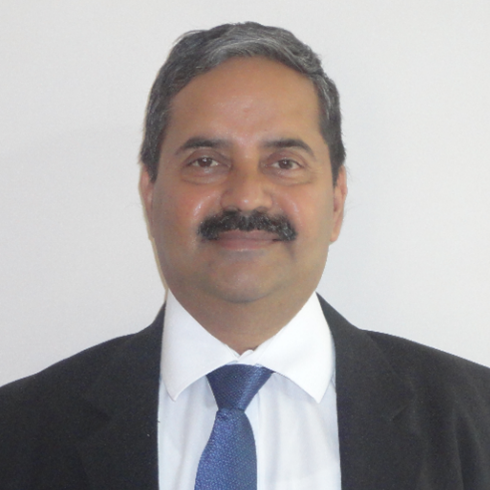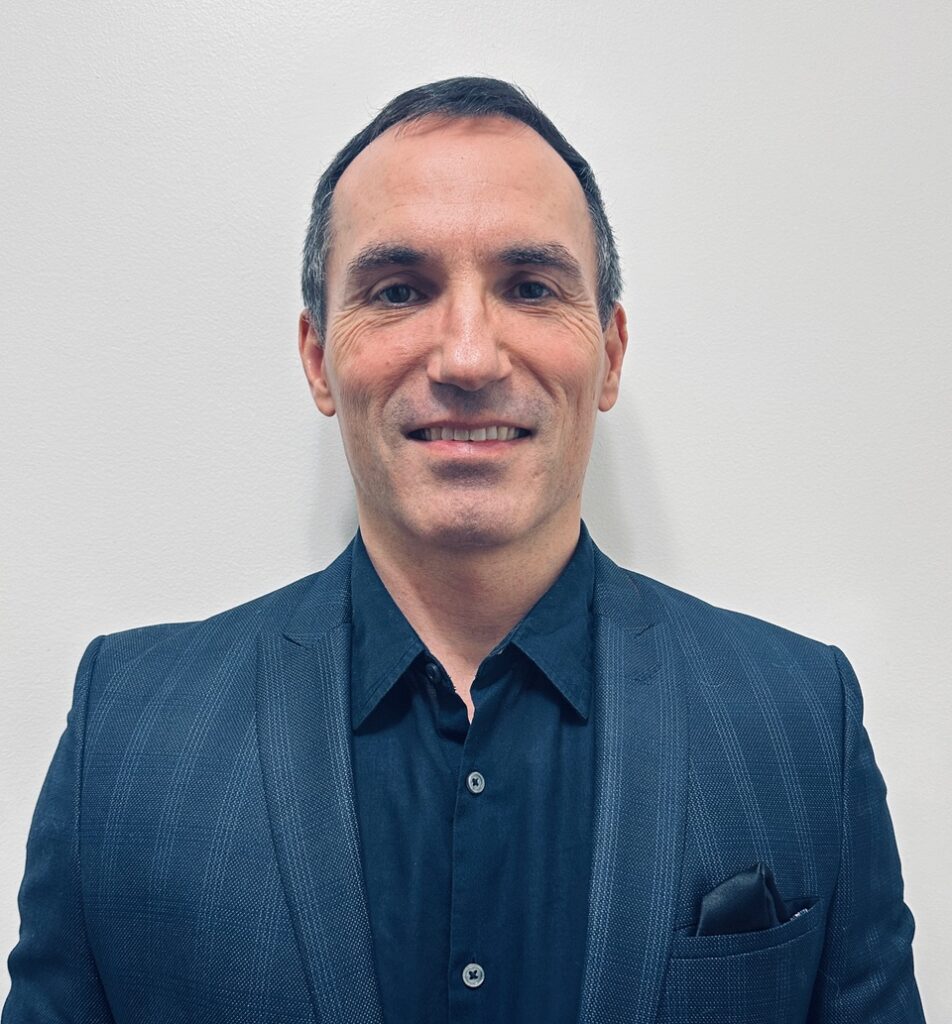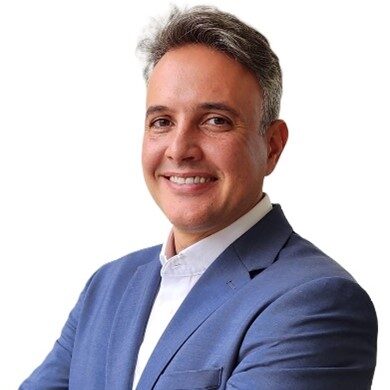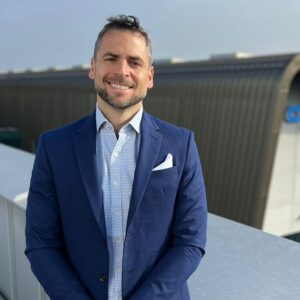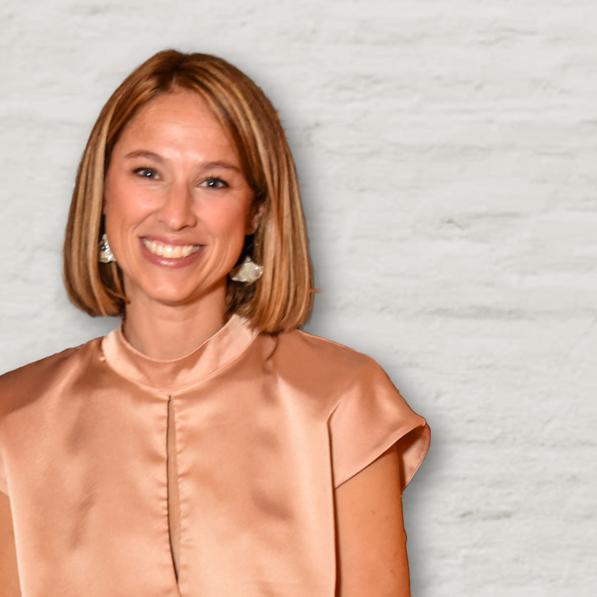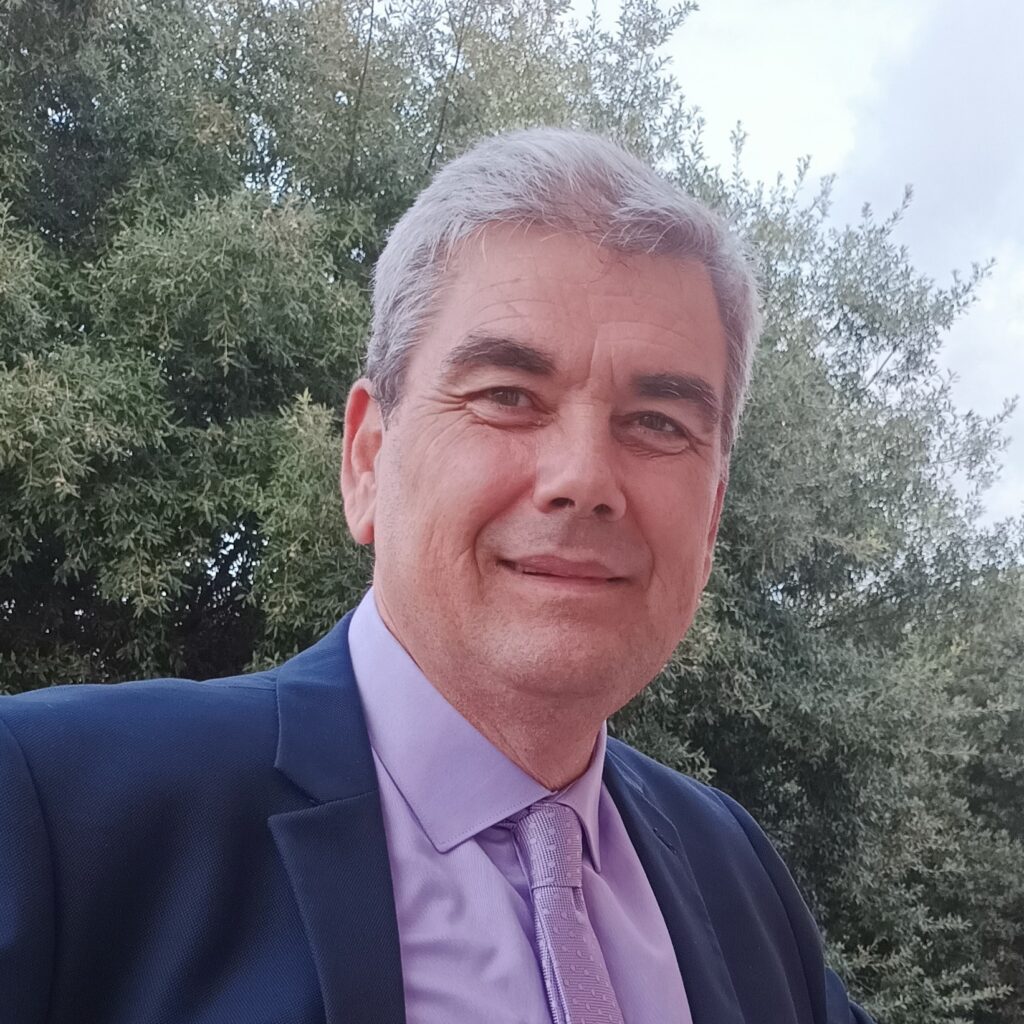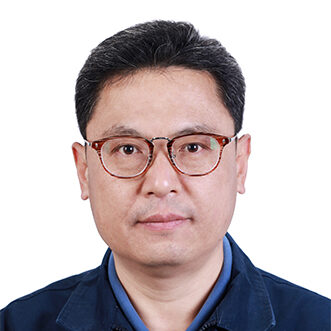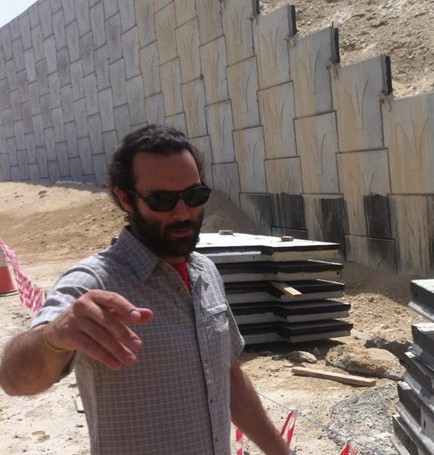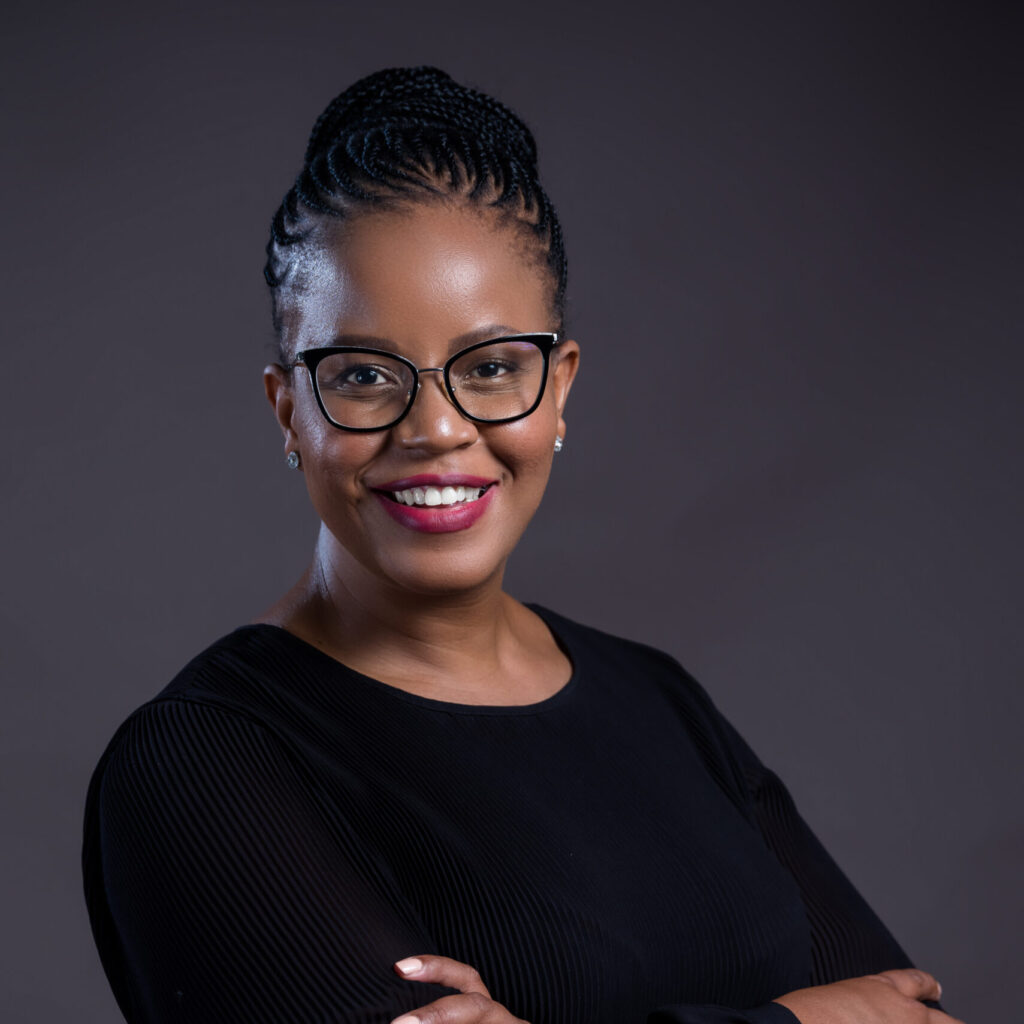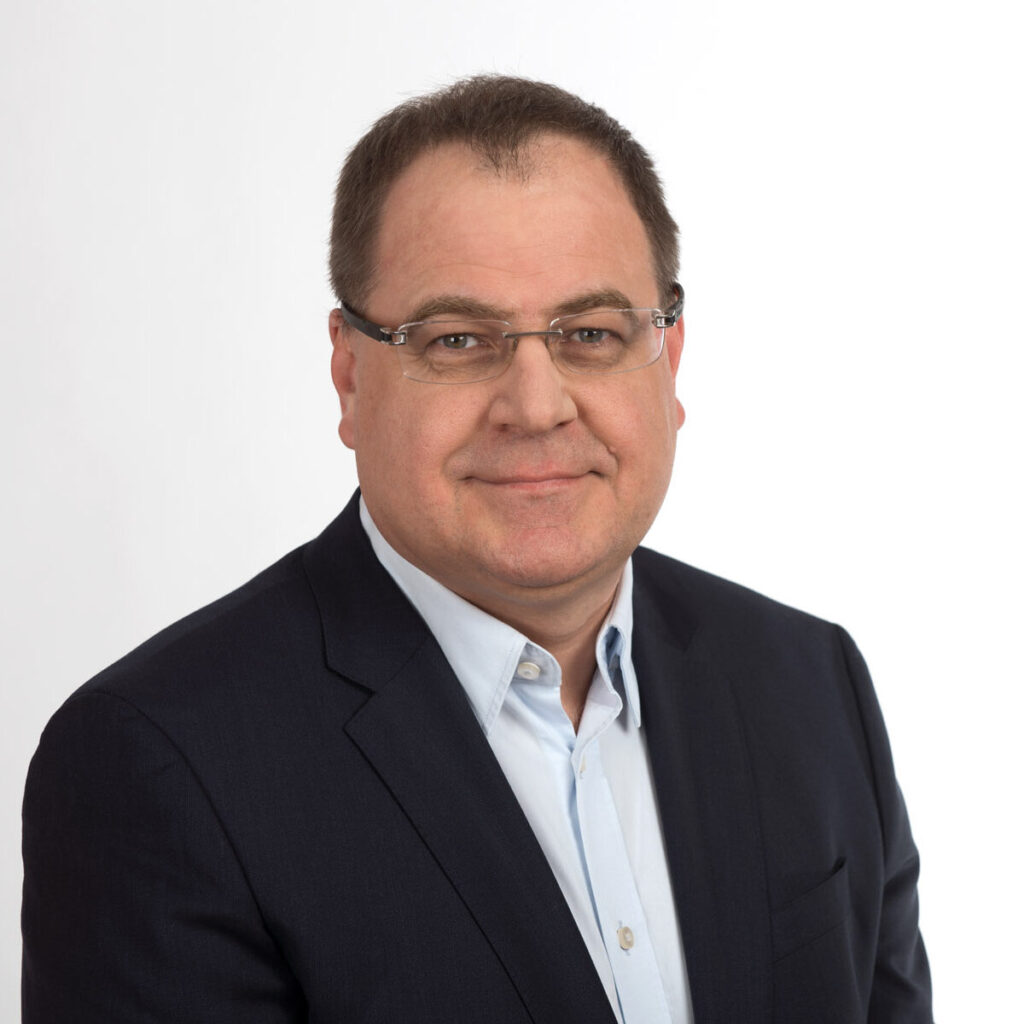
A new student society model to place the IGS at the heart of learning has launched in California.
Known as the International Geosynthetics Society at California State University, Long Beach (IGS at CSULB), the initiative aims to expose undergraduates to geosynthetics and ignite greater interest in pursuing related careers.
Here we chat to IGS member and initiative founder Amr Morsy, of CSULB, who explains more about the value of this grassroots-level scheme.
Hi Amr, please share why and how you came up with the idea.
The idea started during a special session called ‘Improving the Field’ at the GeoAmericas conference in April last year, in Toronto, Canada. A discussion started with IGS President Samuel Allen on increasing awareness among rising engineers about the geosynthetics industry and the abundant career opportunities.
The geosynthetics industry has experienced a significant boom over the past few decades requiring an increasingly large number of fresh graduates and rising professionals to join the industry in a range of capacities. This requires introducing geosynthetics and their applications to the educational curricula at the undergraduate levels to offer early exposure about careers in geosynthetics-related fields.
IGS initiatives such as the Educate the Educators program has made great strides in this, but geosynthetics exposure can also be improved through activities outside the organized classroom setting. A student club seemed the ideal format to support this.
How did you get involved, and why?
I joined the IGS as a student member in 2014 when I pursued my doctoral studies at the University of Texas at Austin. My studies involved the use of geosynthetics as soil reinforcements in bridge abutments. My current research involves the use of geosynthetics to provide solutions for a sustainable built environment.
Currently I am an assistant professor in the Department of Civil Engineering and Construction Engineering Management at CSULB. Here I often mentor many undergraduate research students who may have no clue what geosynthetics are or the importance of geosynthetics in our everyday engineering projects. Unlike other construction materials such as concrete, steel, and wood, geosynthetics receive very minimal coverage, if any, in the curricula of many civil engineering undergraduate programs. This prompted the initiative of providing students with some exposure to geosynthetics and expanding that exposure outside the classroom through extracurricular activities.
How will it work?
To launch a university organization/club, students have to lead the initiatives and be backed by a faculty advisor that can oversee their activities while giving them the leadership.
Once the student leadership is formed, students work with the university administration on the establishing the club and its bylaws, which are then presented to the IGS leadership for approval and endorsement. It is notable that the length of this process can vary significantly from one university to another based on the institution administration procedure.
The club is free to join as a student of CSULB but they must also be an IGS Student Member – which is also free.
Tell us more about your inaugural group.
The club is set to meet weekly to discuss planning for activities and to network internally. We are set to launch a Geosynthetics Seminar Series, which involves public guest speaker events (tentatively every month), which will be open to the public and widely advertised to attract local professionals to attend. The format will be a one-hour meet-and-greet followed by a one-hour guest speaker talk.
These events aim to grow the club as a regional hub for geosynthetics professionals to frequently meet and network and allow students and rising professionals to network with local professionals.
The club will also offer a 10-hour, non-curricular course Intro to Geosynthetics taught in four workshops each academic year, which I volunteered to teach. It will introduce members to geosynthetics and their applications, and guide them through IGS’s online educational resources, and the IGS Sustainability Calculator.
Other activities planned include field visits to construction projects involving geosynthetics or a local geosynthetics lab. We also plans to link students with local professionals through the IGS Foundation Job Shadowing program, which offers one-day opportunities for students to shadow geosynthetics professionals during their workday.
When do you start?
The club has already been recognized by the university administration and club officers have been inducted and are currently admitting new members. We look forward to having our inaugural event this semester.
What are the ambitions for this initiative? An IGS club in every university?
We would like our club to grow and become a regional hub for geosynthetics professionals and to provide networking opportunities for rising engineers from CSULB and the neighboring institutions.
We would also like to see the initiative exported to other universities and we are willing to share our experience and ideas on implementation. Our initiative has been backed by IGS International and not a particular Chapter, so can be implemented on any campus inside or outside the US.
Our club would benefit greatly from the support of IGS North America in lining up local speakers and advertising for the speaker events. This will maximize the attendance and help the club achieve its goal of becoming a regional hub for geosynthetics professionals.
How can universities or IGS Chapters find out more?
Please email IGS Executive Director John Kraus at John.Kraus@geosyntheticssociety.org who will be able to advise.



